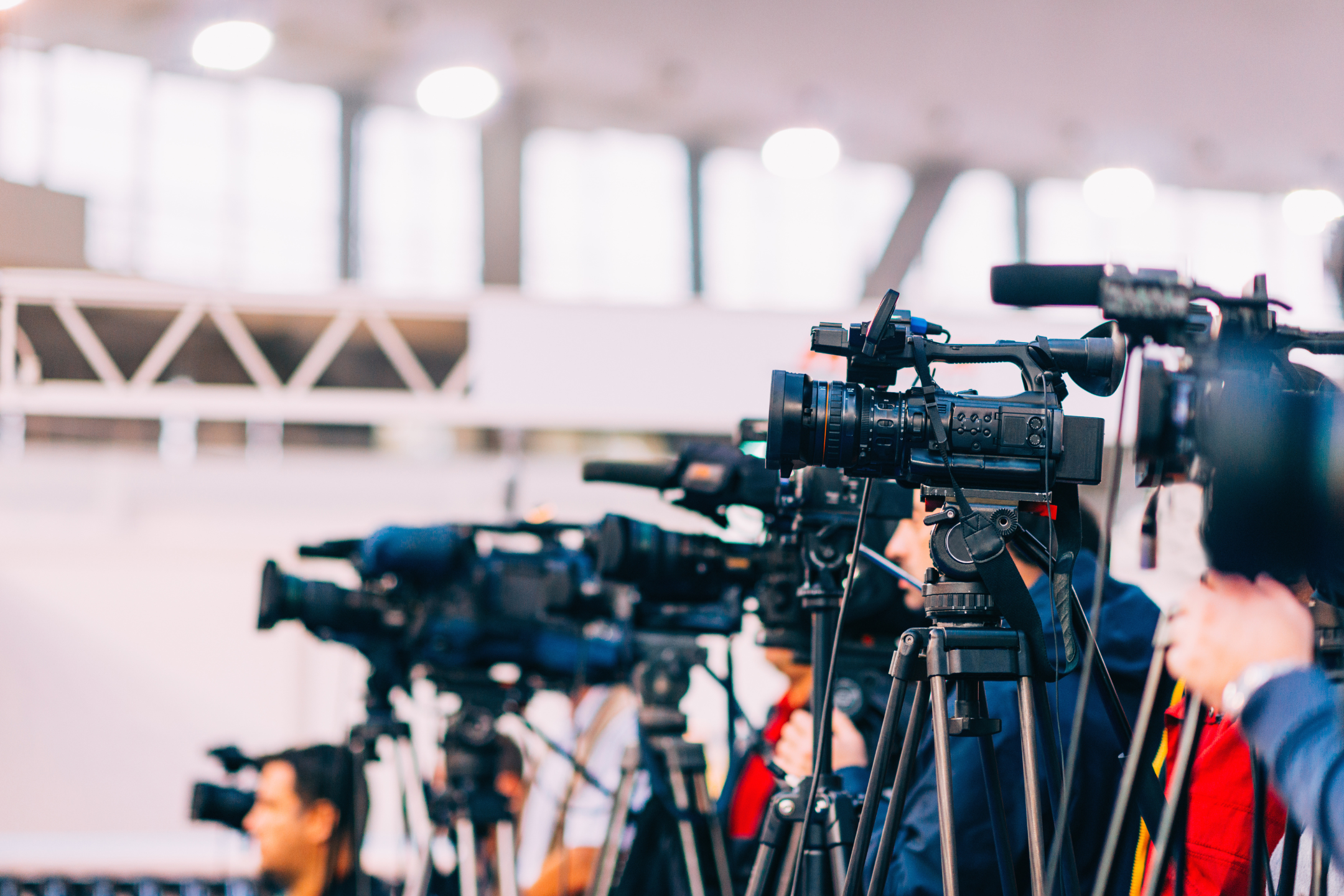Media’s Impact
Media has a significant influence on how people understand and react to important issues, including human trafficking. While it can help raise awareness and educate the public about trafficking, it can also unintentionally worsen the issue. Misrepresentations and sensational stories about vulnerable people can create an environment that helps trafficking thrive. To effectively fight against human trafficking, it’s crucial to understand the role the media plays in this issue.
Sensationalism and Misrepresentation
One major problem is the way the media often sensationalizes stories of trafficking victims. When news outlets or movies present these stories dramatically to stun the audience, they often overlook the larger context. Instead of helping viewers understand the complex causes of trafficking, they reduce victims to mere statistics or emotional stories. This can leave audiences feeling overwhelmed and powerless, rather than motivated to take action. People need to see the deeper issues at play, such as poverty, lack of education, and social inequality, instead of just taking pleasure in vivid accounts.

Normalizing Exploitation in Entertainment
The entertainment industry frequently portrays violence and exploitation in ways that can desensitize viewers. Movies, TV shows, and music videos may glamorize predatory behavior, making trafficking seem like an exciting plot point rather than a serious crime. By normalizing these themes, the media can blur the lines between what is real and what is fiction. This is especially concerning for young viewers who might develop skewed views on relationships and power dynamics, potentially making them more vulnerable to exploitation. When traffickers manipulate these portrayals, it can lead to an increase in actual trafficking incidents.
Online Platforms: New Recruitment Tools
The rise of social media and online platforms has changed how trafficking operates. While these technologies can be useful for raising awareness, they also provide new ways for traffickers to find and exploit victims. Predators can use social media to build relationships with potential victims, often offering false promises of jobs, adventure, or love. The internet’s anonymity makes it easier for traffickers to hide their actions from law enforcement. Additionally, when sensational stories about trafficking are shared online, they can over simplify the issue and distract from the need for more effective solutions.

Public Perception and Policy Effects
How the media represents human trafficking greatly influences how the public perceives the issue. This, in turn, affects laws and funding related to trafficking efforts. For example, if the media focuses mainly on sex trafficking, other important forms—like labor trafficking—might be overlooked. Policymakers often base their decisions on public opinions shaped by the media. If the narratives presented are incomplete or misleading, it can result in laws that fail to address the full range of trafficking problems. Additionally, negative portrayals of victims can stigmatize them, making it harder for them to seek help or access support services.
Responsibility of Media Creators
Given the strong influence media has on public understanding, those who create media content have a major accountability. It is essential for journalists and creators to report accurately and sensitively. They should work to create stories that educate the audience and respect the experiences of victims, rather than exploit them. Training programs for journalists can help them understand the complexities of trafficking and encourage them to tell thoughtful stories that highlight the dignity of victims. By sharing factual information and survivor experiences in a respectful and empowering way, the media can play a positive role in the fight against trafficking.
A Call to Action
In conclusion, while the media can be a powerful tool for raising awareness about human trafficking, it can also contribute to the problem through sensationalism and misrepresentation. To tackle this dual impact effectively, everyone—including media creators, policymakers, and society—needs to work together. By challenging harmful narratives and striving for responsible representation, we can use the power of the media to educate people, promote awareness, and ultimately combat the serious issue of human trafficking.

